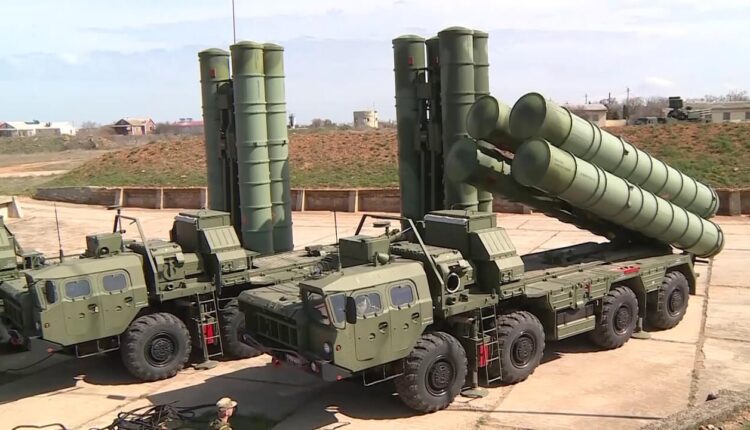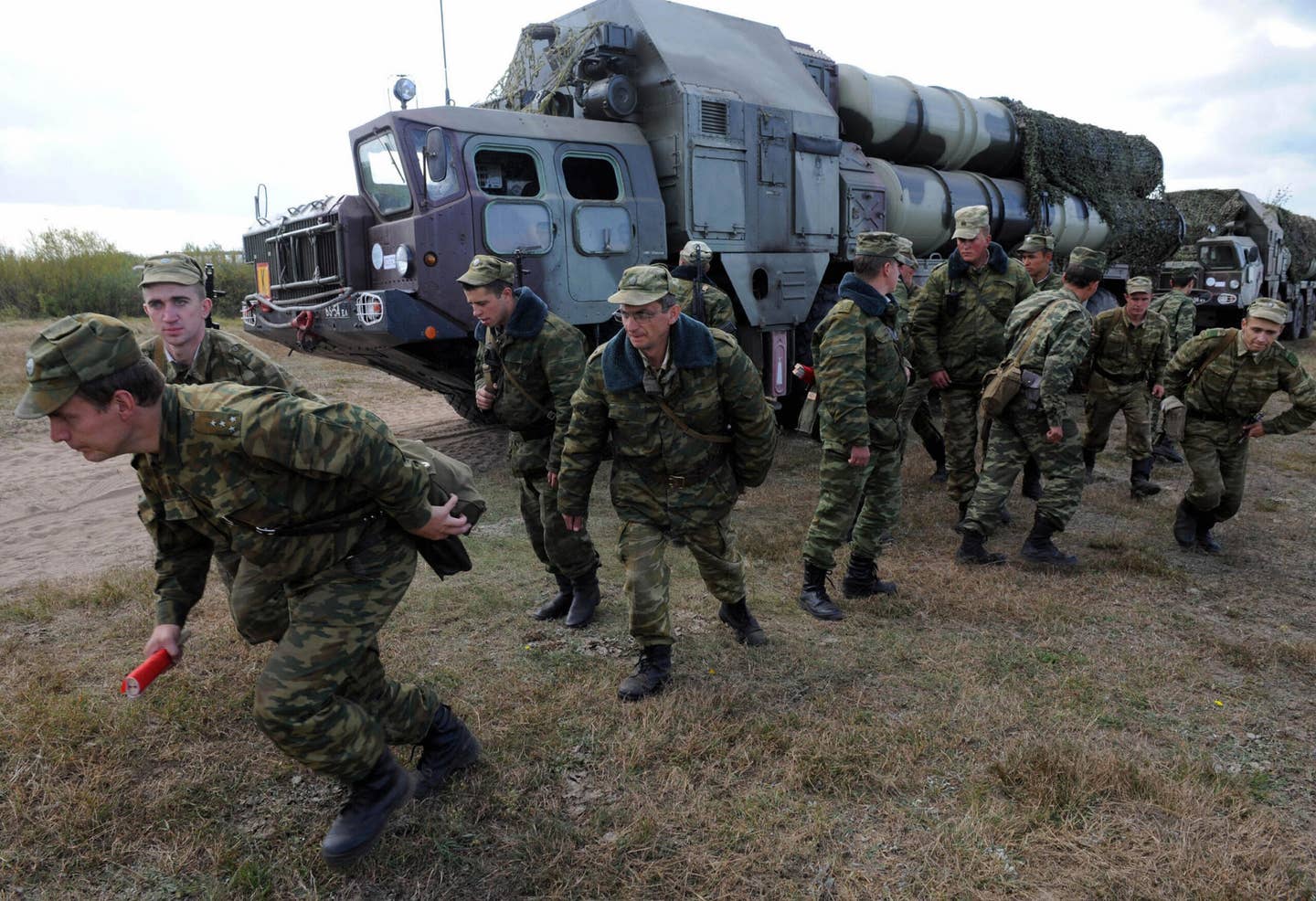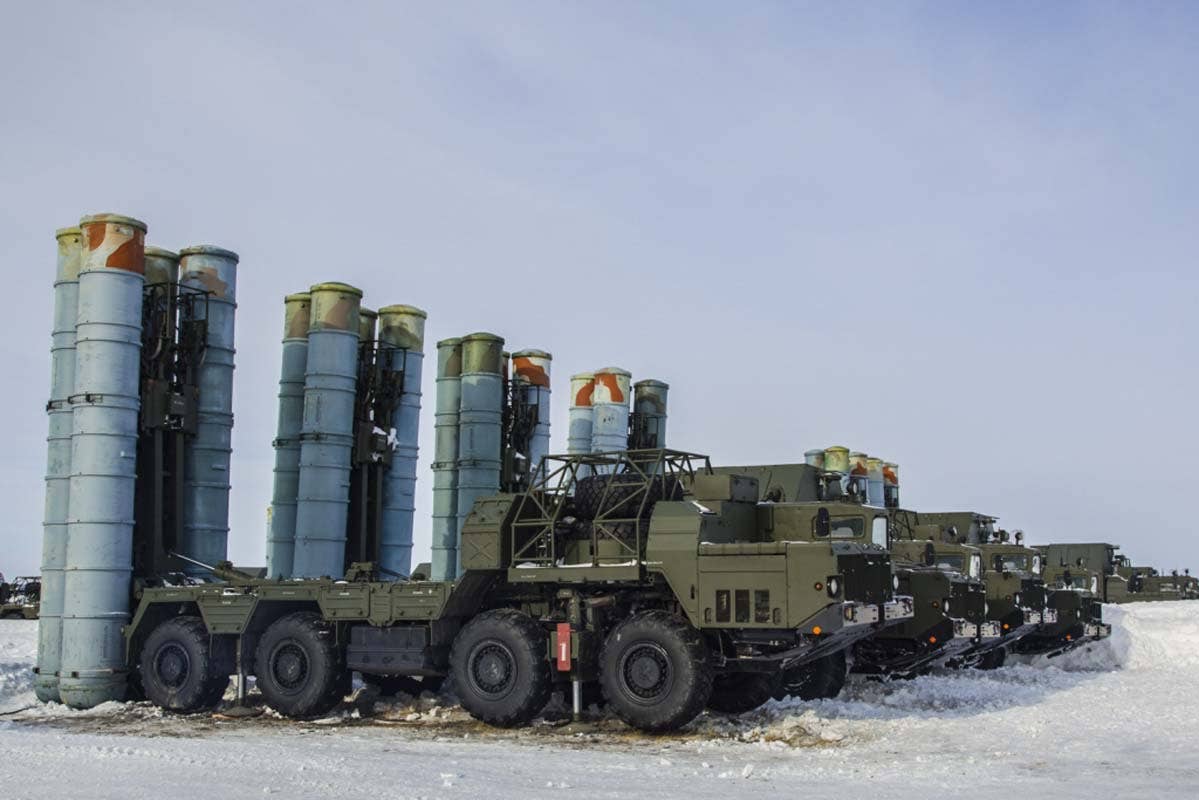©2021 Reporters Post24. All Rights Reserved.
Ukraine has claimed that Russia is now using its S-300 long-range surface-to-air missiles to attack land targets in Ukraine. The assertion, from the governor of the Mykolaiv Oblast, in southern Ukraine, suggests that Russia’s shortage of standoff weapons to attack land targets may well be worse than thought. The S-300 apparently does possess a little-known surface-to-surface capability.
Using the Telegram instant messaging service, Vitaly Kim, the governor of Mykolaiv Oblast, introduced the claim about the S-300, without specifying which versions are being used. Russia operates both the S-300P series on 8×8 wheeled chassis and the S-300V that uses a tracked chassis, and which offers an improved anti-ballistic missile capability. Both S-300P and S-300V series have been used by Russia (and also by Ukraine) in the Ukrainian war. These systems can fire ar variety of missiles.




